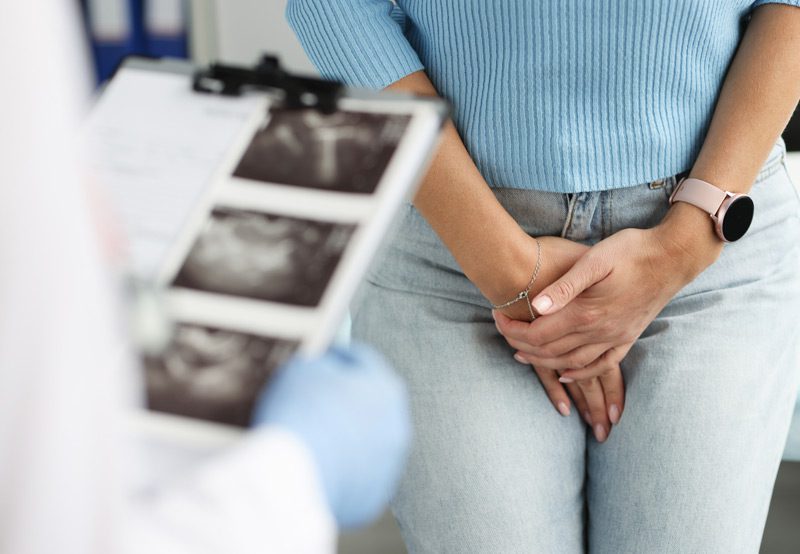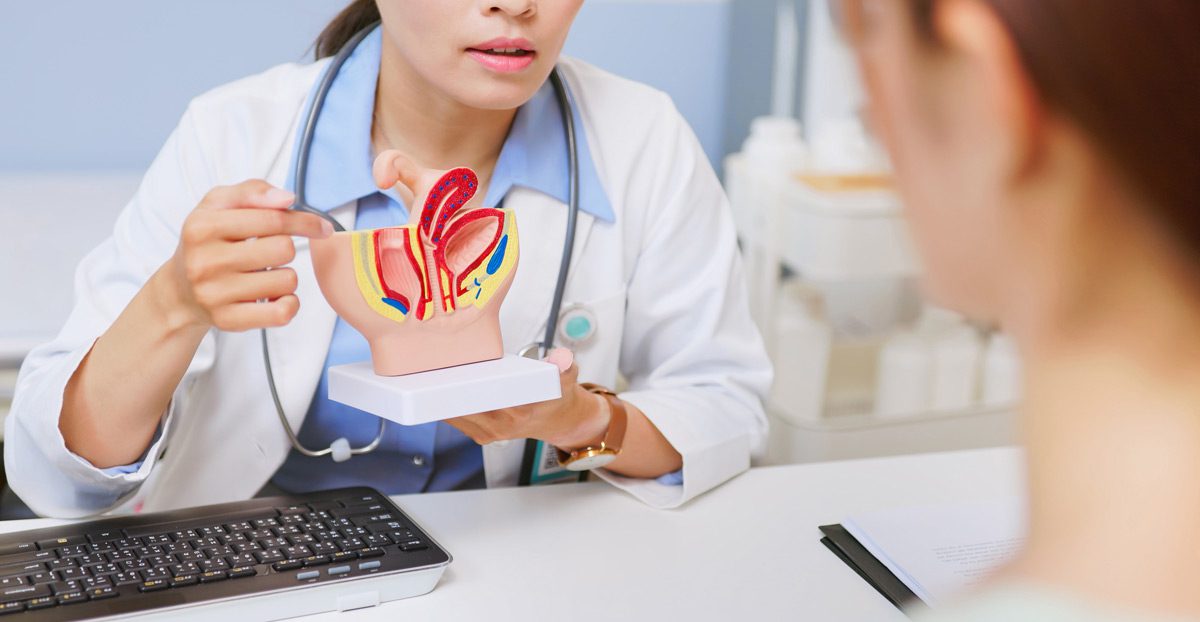

Urinary incontinence is the involuntary loss of urine and can significantly affect a person’s quality of life. It ranges from occasional leaks with physical activity to frequent, uncontrollable urges to urinate. Although commonly associated with aging, incontinence is not inevitable and can often be effectively treated once the underlying cause is identified.
Causes of Urinary Incontinence
Incontinence can result from a range of structural, neurologic, or functional conditions. Common causes include:
- Weakened Pelvic Floor Muscles: Often related to aging, childbirth, surgery, or menopause.
- Prostate Issues: In men, an enlarged prostate (BPH) or prostate surgery can contribute to incontinence.
- Bladder Disorders: Conditions such as overactive bladder or bladder stones may cause urgency or frequency.
- Neurological Disorders: Diseases like Parkinson’s, multiple sclerosis, or spinal cord injury can disrupt nerve signals controlling urination.
- Urinary Tract Infections (UTIs): Temporary incontinence can result from irritation of the bladder lining.
- Medications and Diuretics: Some drugs may affect bladder control or increase urine production.

Types of Urinary Incontinence
- Stress Incontinence: Leakage with physical exertion such as coughing, sneezing, or lifting.
- Urge Incontinence: Sudden, intense urge to urinate followed by involuntary leakage.
- Mixed Incontinence: A combination of stress and urge incontinence.
- Overflow Incontinence: Inability to completely empty the bladder, leading to frequent dribbling.
- Functional Incontinence: Physical or cognitive impairments that interfere with timely bathroom use.
Diagnosis
A urologist begins with a medical history, symptom review, and physical examination. Additional testing may include:
- Urinalysis: To check for infection or blood.
- Bladder Diary: A record of fluid intake, urination times, and leakage episodes.
- Post-void Residual Measurement: Evaluates how completely the bladder empties.
- Urodynamic Testing: Measures bladder pressure and function.
- Cystoscopy: Visualizes the inside of the bladder and urethra.
Treatment Options
Treatment depends on the cause, type, and severity of the incontinence:
- Lifestyle Modifications: Reducing caffeine, managing fluid intake, and weight loss.
- Pelvic Floor Therapy: Exercises (e.g., Kegels) or physical therapy to strengthen pelvic muscles.
- Medications: Anticholinergics or beta-3 agonists for urge incontinence; topical estrogen for postmenopausal women.
- Bladder Training: Scheduled voiding and urge suppression techniques.
- Pessary Devices: For stress incontinence in women with pelvic organ prolapse.
- Minimally Invasive Procedures: Bulking agent injections or nerve stimulation.
- Surgical Options: Sling procedures, artificial urinary sphincter placement, or bladder augmentation for severe or refractory cases.
Next Steps
If you are experiencing symptoms of urinary incontinence, a consultation with a urologist can help determine the cause and best treatment plan. Timely evaluation is key to regaining bladder control and improving quality of life.
